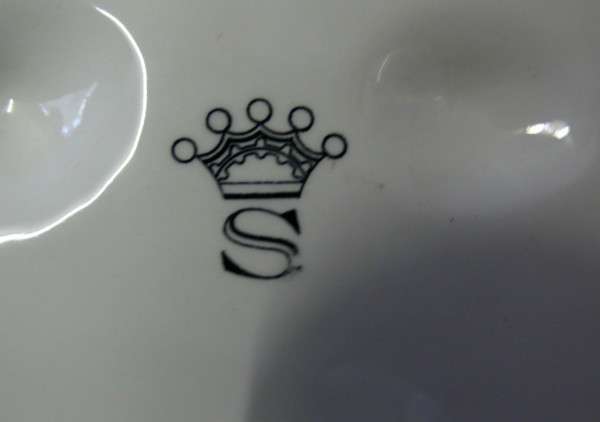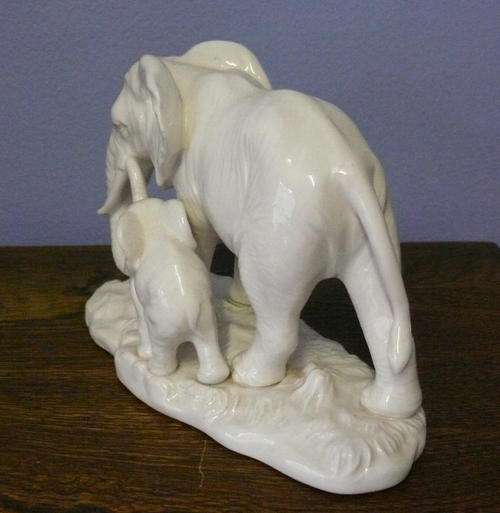
GRAEFENTHAL ELEPHANT MOTHER AND CHILD
Check my rate
| Main centres: | 1-3 business days |
| Regional areas: | 3-4 business days |
| Remote areas: | 3-5 business days |

| Main centres: | 1-3 business days |
| Regional areas: | 3-4 business days |
| Remote areas: | 3-5 business days |





After the company had been fully nationalized, it was also made responsible for other minor facilities it its vicinity. As the name of the V.E.B. indicates ('Porzellanfiguren' is German for 'porcelain figurines'), its primary objective was to concentrate on the figurine sector of the market, just like other combines did in their areas of interest. From the dawn of a new state in 1949 until 1972 many designs and molds slowly but surely were banned into the archives because of the changed market situation. But during the period of state ownership an even larger amount was dumped in the deep cellars of the facility simply because the facility had to focus on simpler items to achieve their planned output as they were much easier to produce and sell. Even if the pieces produced still had some of their old charme and are a class of their own, the dramatic overall decline is only too obvious as can also be seen in many other state-owned facilities during that period.
Shortly before November 9th 1989 (day of the so-called 'fall of the Berlin wall'), working conditions in Gräfenthal had deteriorated rapidly. Parts of the workforce saw the end of the state finally coming while others simply held against it that the whole situation was a propaganda plan to undermine the socialistic morale. Noticing the increasing pressure including the possibility of fights between the workers, the directors of the facility did the only reasonable thing and to avoid clashes between the different groups of workers, they ordered that the facility should be shut down and the people were sent home until the situation had simmered down.
After German reunion, the company started as a small limited company. In addition, they had started turning the facility in Reichmannsdorf into an industrial museum with funds supplied by the local government. During the first months, proceedings were very slow and they only survived by mostly selling products that had remained in Gräfenthal unfinished since the closure. The new proprietors knew that the desolate state of the facility had been caused by the constant neglect during the G.D.R. era and it was only covering up the former glory.
Straight from the start a pair of employees had been assigned to dig out everything that was useful from the archives and finally after months of research the new owners were able to look back at the complete history of the faclity. Absolutely everything a heart could desire was still there: catalogs, color sample books, decoration charts, photographs and even the old molds used to produce the old Scheidig figures. It was all there, undamaged, just waiting to be freed from a thick layer of dust and used once again.
Today the company owns an impressive product line of over 10,000 models. But all the money and time invested would not have been completed without a final name change: the company now proudly carries the name of 'Porzellanfiguren Gräfenthal (ehemals Carl Scheidig) G.m.b.H.' in commemoration of its former owner.




